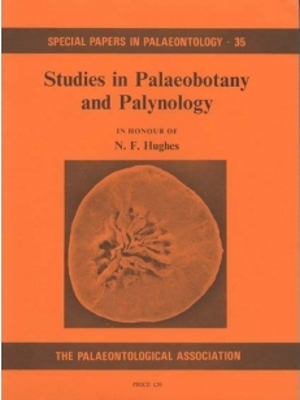Reg. Charity No. 1168330

Detailed study of the type species Cyatheacidites annulatus Cookson ex Potonie 1956, based upon type material from the Tertiary of Kerguelen (southern Indian Ocean), reveals morphological concurrence with the Cretaceous C. tectifera Archangelsky and Gamerro 1965. Two other Cretaceous sporae dispersae morphotypes are described and allocated to Cyatheacidites: C. archangelskyi nom. nov. (pro Muricingulatisporis annulatus Archangelsky and Gamerro 1966) and C. botuliformis sp. nov. The set of diagnostic characters of C. annulatus - broad cingulum, cavate/stratified sclerine, prominent protuberances on contact faces, distal foveolae, and scabrate sculpture- is confined, among living ferns, to spores of Lophosoria quadripinnata (GmeL) C. ChI. Affiliation of Cyatheacidites with Lophosoria implies a broad austral distribution of the latter during the Cretaceous and Tertiary, in contrast to its present restriction to South and central America.
Primary radiation, dated as earliest Cretaceous (Berriasian), was centred in a southern Gondwanic region adjacent to the proto South Atlantic Ocean. Migration, north to central America and east to Australia, was possibly triggered by climatic/habitat changes associated with fragmentation of Gondwana; routes to Australia were probably via Antarctica. Throughout its history, Lophosoria was associated with a variety of plant communities, ranging between temperate rain forest and open habitats.
The stratigraphic utility of dispersed spores is discussed in relation to climatic, topographic, sedimentological, and palaeoecological factors, and the effects of these on plant migration.